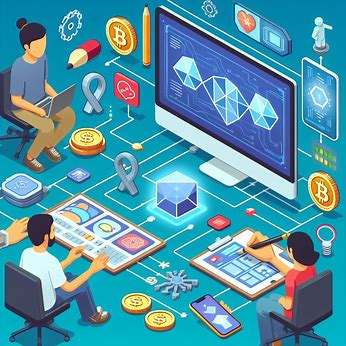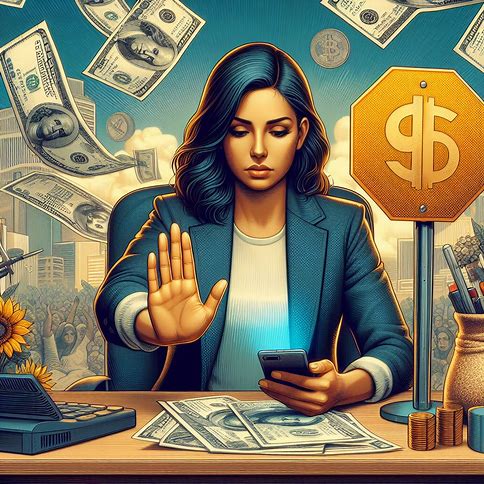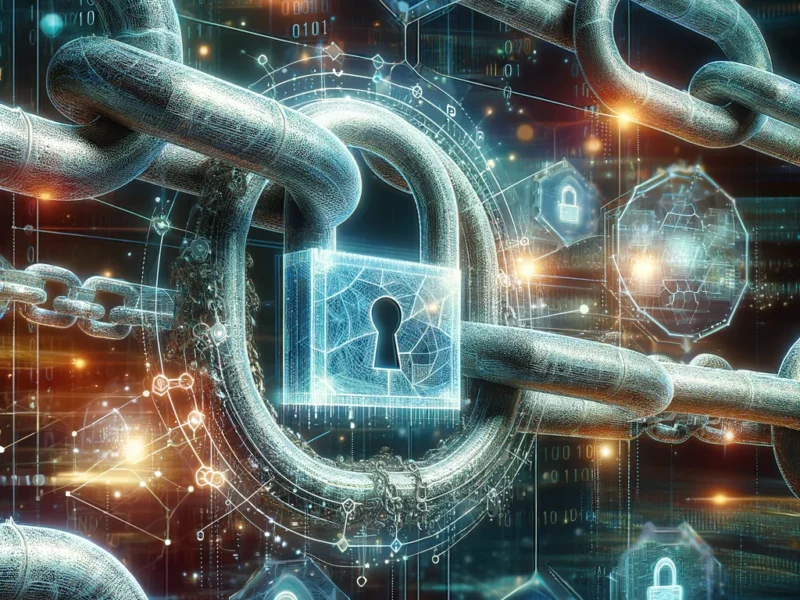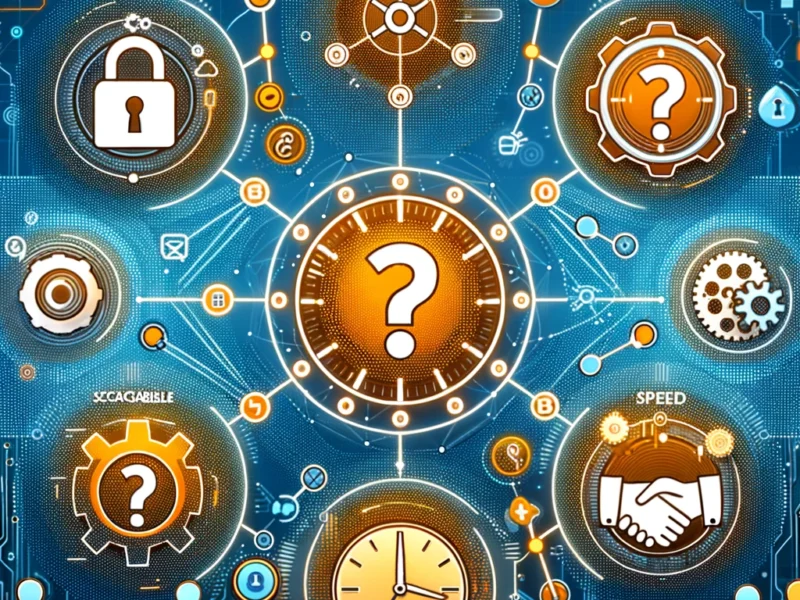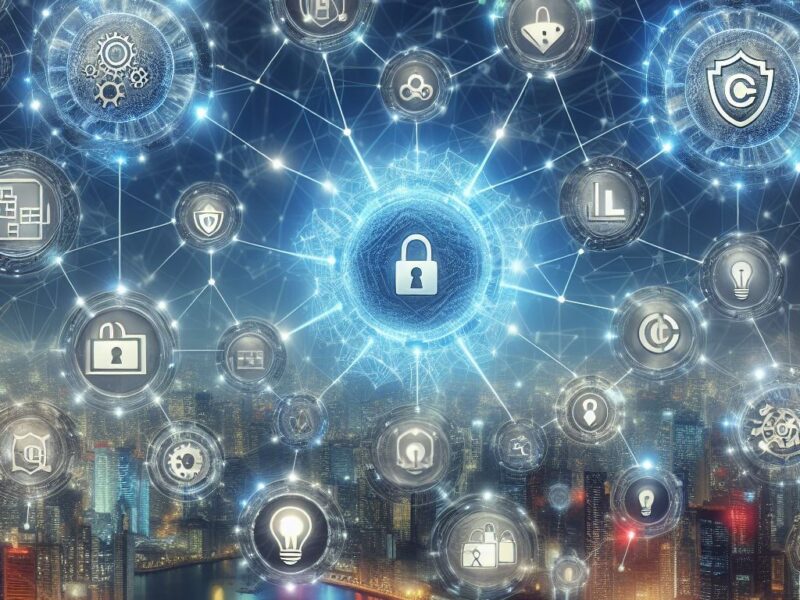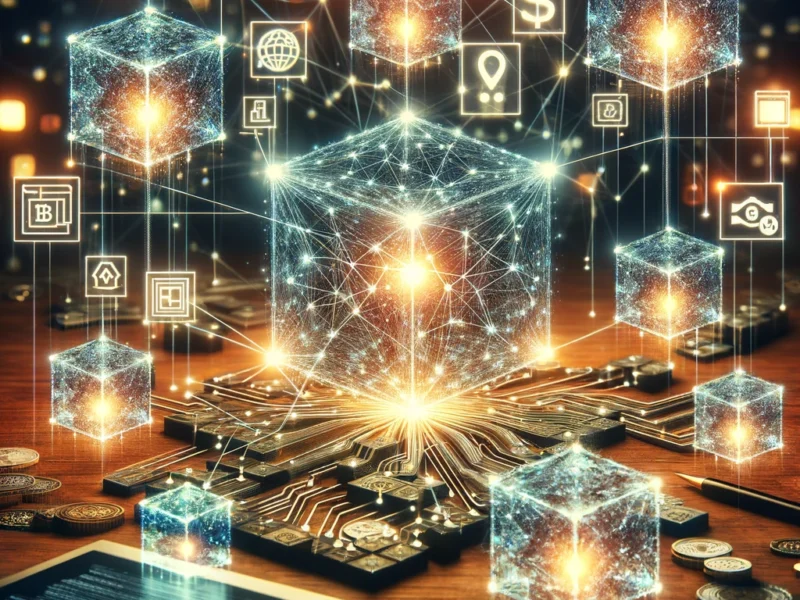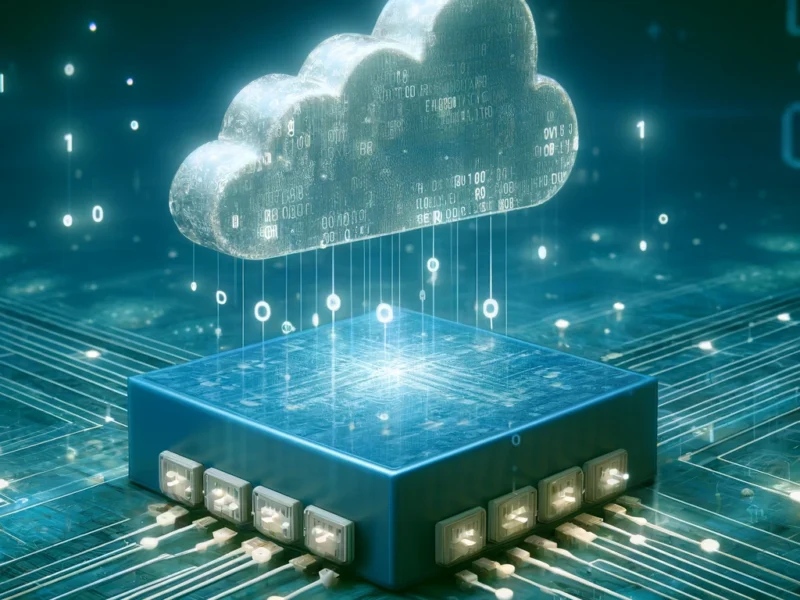The gaming industry is undergoing a great change, and blockchain technology is at the forefront of this transformation. As a game developer, understanding the potential of blockchain and its application in gaming is very important to stay ahead of the rapid change. Here is a guide to blockchain game development you need to be aware of today.
Choosing the Right Blockchain Platform
When embarking on blockchain game development, selecting the appropriate blockchain platform is important. Some popular options include:
1. Ethereum: Ethereum is a blockchain platform that supports smart contracts, making it suitable for complex game mechanics and asset management.
2. EOS: EOS is known for its high scalability and fast transaction speeds, making it an attractive choice for blockchain game development.
3. TRON: TRON offers a user-friendly ecosystem and has gained traction in the blockchain gaming space.
Developing smart contracts
Smart contracts are self-executing contracts with the terms of the agreement directly written into code. They play a role in blockchain game development, enabling the creation and management of in-game assets, marketplace functionality, and game logic.
When developing smart contracts for your blockchain game, consider the following best practices:
1, Security: Ensure that your smart contracts are thoroughly tested and audited to minimize vulnerabilities and potential exploits.
2. Gas Optimization: Optimize your smart contracts to minimize gas costs, which are the fees associated with executing transactions on the blockchain.
3. Upgradability: Design your smart contracts with upgradability in mind, allowing for future enhancements and bug fixes without disrupting the game.
4. User Experience: Simplify the user experience by abstracting complex blockchain interactions and providing intuitive interfaces for players.
Integrating Blockchain with Game Engines
To create a better gaming experience, you’ll need to integrate your blockchain components with popular game engines such as Unity or Unreal Engine. Here are a few key considerations:
1. Web3 Libraries: Utilize Web3 libraries specific to your chosen blockchain platform to interact with smart contracts and the blockchain network from within your game engine.
2. Asset Management: Develop systems to synchronize in-game assets with their corresponding blockchain representations, ensuring consistency and enabling true ownership.
3. Wallet Integration: Integrate cryptocurrency wallets into your game to facilitate seamless transactions and allow players to manage their assets securely.
4. Off-Chain Solutions: Explore off-chain solutions like sidechains or state channels to handle high-frequency game interactions without overburdening the main blockchain network.
Related: Blockchain vs. AI Salary: Who Earns More in 2024?
Designing Tokenomics and In-Game Economy
Consider the following factors when designing your in-game economy:
1. Token Utility: Define clear use cases for your game’s token, such as purchasing in-game items, participating in governance, or earning rewards.
2. Token Distribution: Determine an appropriate token distribution model that aligns with your game’s objectives and ensures a fair and sustainable ecosystem.
3. Incentive Mechanisms: Implement incentive mechanisms that encourage player engagement, such as staking rewards or liquidity provision incentives.
4. Balancing Scarcity and Accessibility: Strike a balance between the scarcity of in-game assets and their accessibility to players to maintain a healthy and engaging economy.
Related: Blockchain vs. AI Salary: Who Earns More in 2024?
Security Considerations
Security is important in blockchain game development. Here are some key security considerations to keep in mind:
1. Smart Contract Audits: Conduct thorough audits of your smart contracts to identify and rectify any vulnerabilities or potential exploits.
2. Secure Wallet Integration: Ensure that the cryptocurrency wallets integrated into your game follow best practices for secure key management and protect against unauthorized access.
3. Regular Security Updates: Stay vigilant and promptly address any security issues that may arise, releasing updates and patches as necessary to maintain the integrity of your game.
4. Player Education: Educate your players about best practices for securing their accounts and assets, such as using strong passwords and enabling two-factor authentication.
Scaling and performance optimization
As your blockchain game grows in popularity, scalability and performance become critical factors. Consider the following strategies to optimize your game’s performance:
1. Layer 2 Solutions: Implement layer 2 scaling solutions, such as state channels or sidechains, to handle high-frequency transactions and reduce the load on the main blockchain network.
2. Sharding: Find sharding techniques to partition the blockchain network into smaller, more manageable segments, enabling parallel processing and improved scalability.
3. Off-Chain Computation: Move computationally intensive tasks off-chain to improve performance and reduce gas costs associated with on-chain operations.
4. Caching and Indexing: Implement caching mechanisms and optimize data indexing to enhance query performance and reduce the need for constant blockchain interactions.
Community building and marketing
Building a strong community around your blockchain game is crucial for its long-term success. Consider the following strategies to promote community engagement and market your game effectively:
1. Social Media Presence: Establish a strong presence on social media platforms to engage with your community, share updates, and gather feedback.
2. Partnerships and Collaborations: Collaborate with other projects, influencers, or gaming communities to expand your reach and tap into new audiences.
3. Tokenized Incentives: Leverage your game’s token to incentivize community participation, such as rewarding players for creating content, referring friends, or contributing to the ecosystem.
4. Gamification and Competitions: Organize events, tournaments, and challenges to keep players engaged and create excitement around your game.
Key Takeaways
1. Understanding the fundamentals of blockchain technology is crucial for game developers looking to enter the blockchain gaming space.
2. Blockchain offers benefits such as true ownership, transparency, decentralization, and new monetization opportunities for the gaming industry.
3. Choosing the right blockchain platform, such as Ethereum, EOS, or TRON, is essential based on factors like scalability, transaction fees, and compatibility with your game design.
4. Developing secure and optimized smart contracts is vital for managing in-game assets, marketplace functionality, and game logic.
5. Integrating blockchain with popular game engines requires utilizing Web3 libraries, synchronizing assets, integrating wallets, and exploring off-chain solutions.
6. Designing a balanced and sustainable in-game economy involves defining token utility, determining distribution models, implementing incentive mechanisms, and balancing scarcity and accessibility.
7. Security considerations include conducting smart contract audits, securing wallet integration, providing regular updates, and educating players about best practices.
8. Scaling and performance optimization can be achieved through layer 2 solutions, sharding, off-chain computation, caching, and indexing techniques.
9. Building a strong community and effective marketing strategies, such as social media presence, partnerships, tokenized incentives, and gamification, are crucial for the long-term success of a blockchain game.
Frequently Asked Questions
1. What is the difference between traditional gaming and blockchain gaming?
Traditional gaming relies on centralized servers controlled by game developers, while blockchain gaming utilizes decentralized networks, giving players true ownership of their in-game assets and enabling transparent and secure transactions.
2. Do I need to have prior knowledge of blockchain to develop a blockchain game?
While having a basic understanding of blockchain technology is beneficial, you don’t necessarily need extensive prior knowledge. Many blockchain platforms offer developer-friendly tools and resources to help you get started with blockchain game development.
3. How do I choose the right blockchain platform for my game?
When selecting a blockchain platform, consider factors such as scalability, transaction speed, gas fees, developer community support, and compatibility with your game design. Popular choices include Ethereum, EOS, and TRON, but it’s essential to evaluate your specific requirements and conduct thorough research.
4. What are smart contracts, and how do they work in blockchain games?
Smart contracts are self-executing contracts with the terms of the agreement directly written into code. In blockchain games, smart contracts are used to manage in-game assets, facilitate transactions, and enforce game rules transparently and securely.
5. How can I ensure the security of my blockchain game?
To ensure the security of your blockchain game, conduct thorough audits of your smart contracts, implement secure wallet integration, and follow best practices for key management. Regularly monitor for potential vulnerabilities and release updates and patches promptly to address any security issues.
6. What are some common challenges in blockchain game development?
Some common challenges in blockchain game development include scalability limitations, high gas fees for on-chain transactions, ensuring a seamless user experience, and balancing the in-game economy. Developers need to explore solutions such as layer 2 scaling, off-chain computation, and carefully designed tokenomics to overcome these challenges.
7. How important is community building for the success of a blockchain game?
Building a strong and engaged community is crucial for the success of a blockchain game. Establish a presence on social media, collaborate with influencers and other projects, and incentivize community participation through tokenized rewards and gamification techniques.
